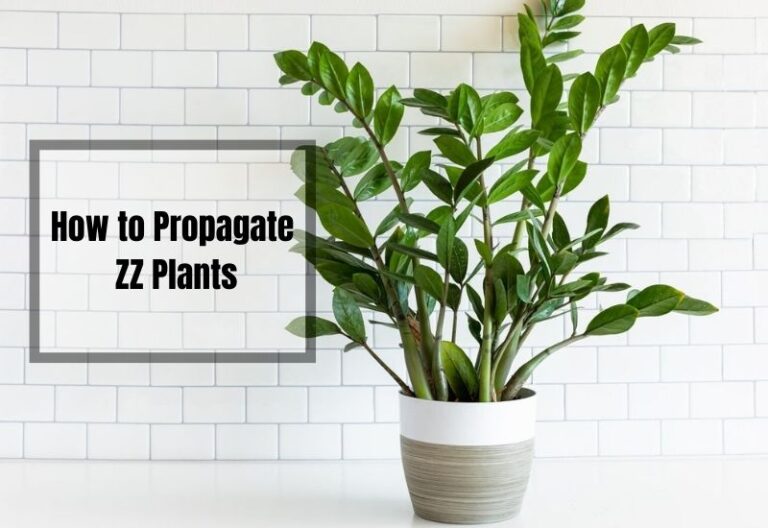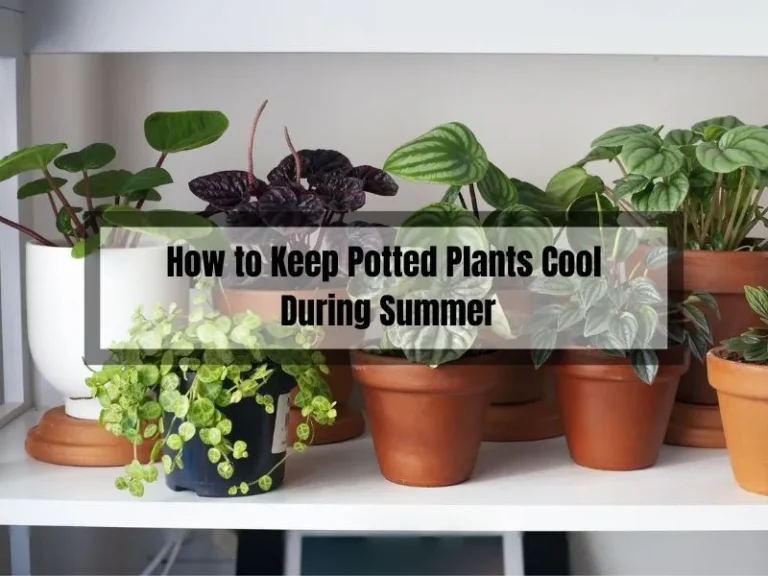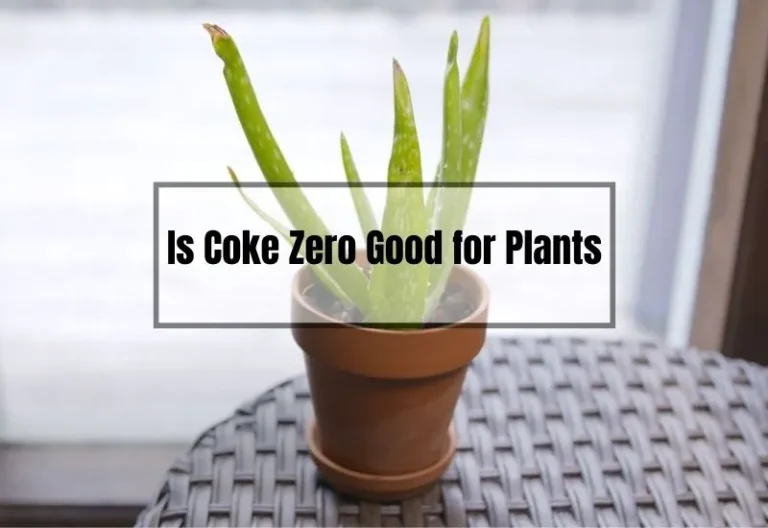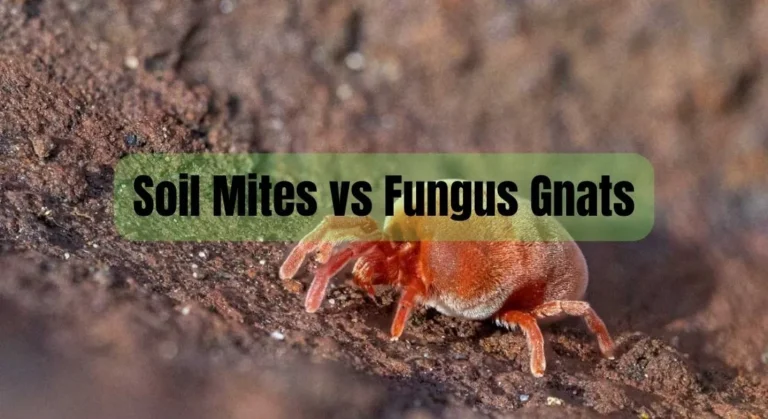Why Are My Shasta Daisies Turning Brown: Causes and Solutions
You’ve been admiring your beautiful Shasta daisies for weeks, but now you’ve noticed that they’re turning brown and dying. It’s frustrating to see your beloved flowers in such a state, but don’t worry, there are ways to fix the problem. In this article, we’ll explore the reasons why your Shasta daisies might be turning brown, common problems and solutions, and preventive measures to keep your flowers healthy.
Shasta daisies are a popular perennial flower that can bloom from early summer until the first frost. They’re known for their white, yellow-centered petals and their ability to attract bees and butterflies.
However, if you notice that your Shasta daisies are turning brown, it could be a sign of a problem. There are several reasons why this might be happening, including diseases, pests, and environmental factors. In this article, we’ll dive deeper into these issues and provide solutions to help save your flowers.
Key Takeaways
- Shasta daisies can turn brown due to diseases, pests, or environmental factors.
- Common problems include powdery mildew, root rot, and aphids.
- Preventive measures include proper watering, soil quality, and sunlight.

Why Are My Shasta Daisies Turning Brown
If you’re noticing that your Shasta daisies are turning brown, it’s important to identify the cause so you can take the necessary steps to save your plants. Here are some common reasons why Shasta daisies turn brown:
Overwatering
Overwatering is one of the most common reasons why Shasta daisies turn brown. If the soil is constantly wet, the roots may rot, which can lead to brown leaves and flowers.
To avoid overwatering, make sure the soil is well-draining and only water when the top inch of soil is dry to the touch.
Fungal Infections
Fungal infections can also cause Shasta daisies to turn brown. One common fungal infection is powdery mildew, which appears as a white or gray powdery substance on the leaves.
Another fungal infection is botrytis blight, which causes brown spots on the leaves and flowers. To prevent fungal infections, make sure the plants have good air circulation and avoid overhead watering.
Pests
Pests such as aphids and whiteflies can also cause Shasta daisies to turn brown. These pests feed on the plant’s juices, which can lead to stunted growth and wilting.
To prevent pests, keep the area around the plants clean and free of debris, and use insecticidal soap or neem oil if necessary.
Root Rot
Another reason why Shasta daisies turn brown is root rot. Root rot is caused by a fungus that thrives in wet soil and can cause the roots to rot.
Symptoms of root rot include brown leaves, wilting, and stunted growth. To prevent root rot, make sure the soil is well-draining and avoid overwatering.
By identifying the cause of your Shasta daisies turning brown, you can take the necessary steps to save your plants and keep them healthy. Remember to always keep the soil well-draining, provide good air circulation, and keep the area around the plants clean and free of debris.
Common Problems and Solutions
Shasta daisies are generally low maintenance plants, but they can still experience some problems. In this section, we’ll discuss the most common problems and their solutions.
Overwatering
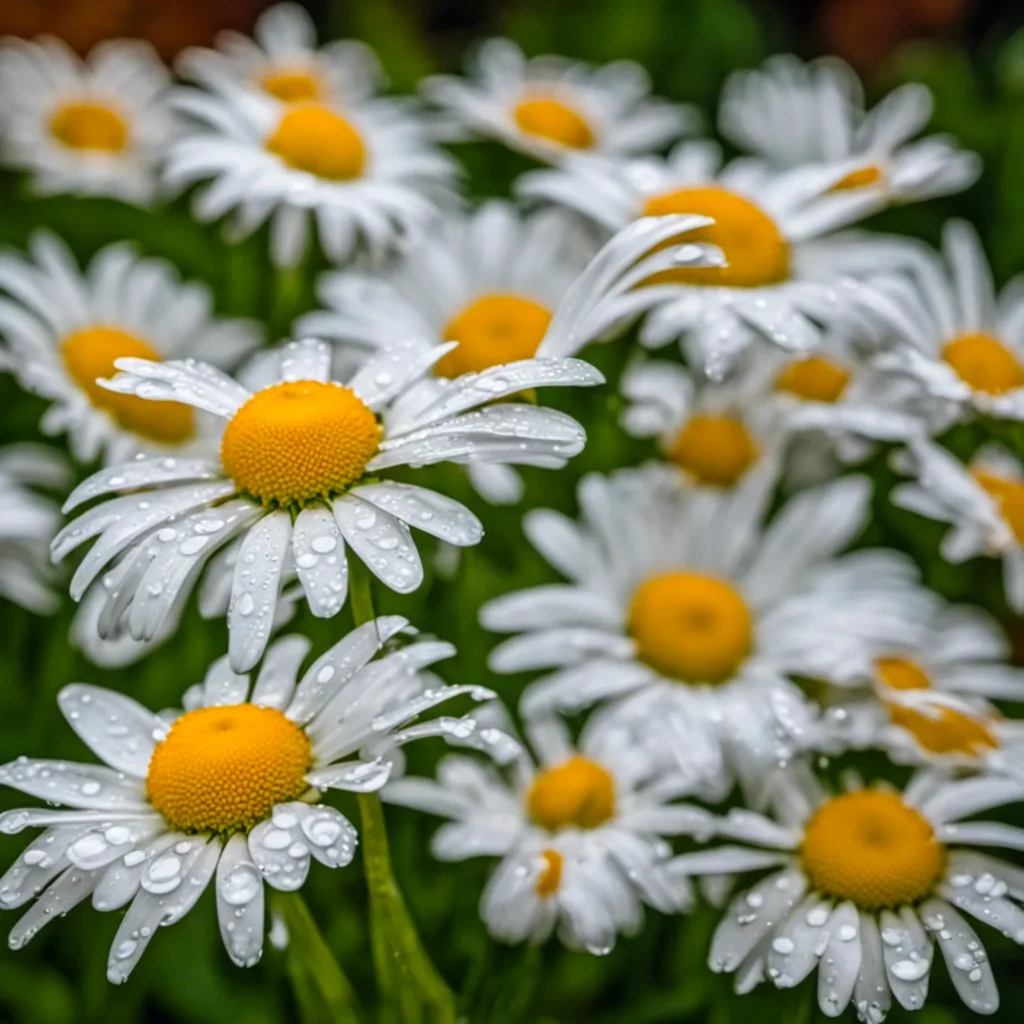
Problems
Sometimes, even when we have the best intentions, we can love our plants a little too much. Overwatering can cause root rot and lead to brown spots on your daisy leaves.
It’s like wearing wet socks all day – nobody likes that, right? So, just like we need to change out of wet socks, your daisies need a break from all that water.
Solutions
Fret not, my fellow green thumbs! There are ways to prevent overwatering and help your daisies thrive:
- Check the soil moisture before watering your plants. Dip your finger up to two inches into the soil, and if it’s still moist, hold off on watering for a bit.
- Keep an eye on the weather conditions. If it’s humid and damp outside, give your daisies some time to dry out under the sun before watering them again.
- Adjust your watering schedule as needed, based on your observations.
Underwatering
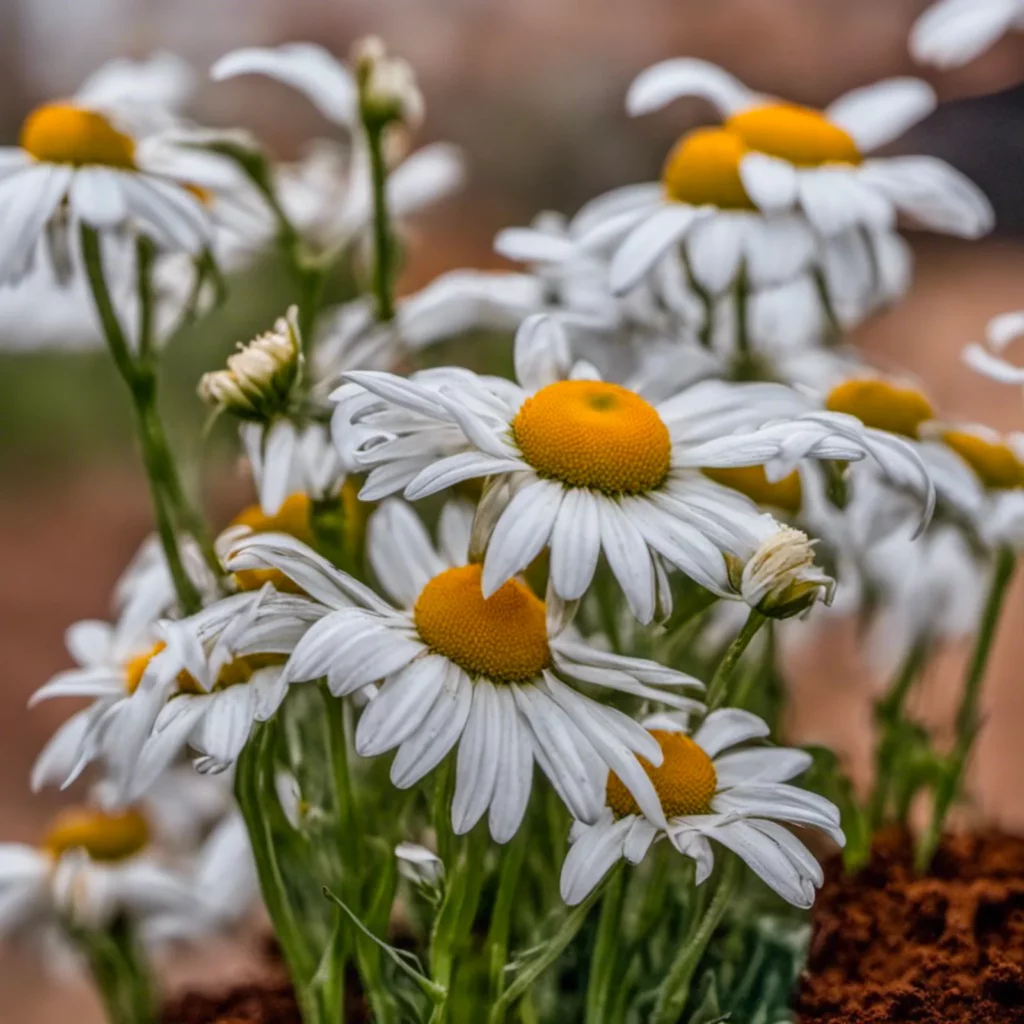
Problems
Now, we don’t want to go to the other extreme and forget to water our daisies, either. Just like we need to stay hydrated on a hot summer day,
so do our plants. Daisies need sufficient water and sunlight, and underwatering can cause wilting and browning. Remember, balance is key!
Solutions
If you suspect underwatering is the culprit, here are some tips to address the issue:
- Gradually increase your watering frequency, without overdoing it. Slow and steady wins the race!
- Consider using drip irrigation to control the speed of watering and ensure your daisies get just the right amount of moisture.
- Monitor your daisies’ progress and adjust your watering schedule accordingly.
Low Humidity
Problems
Daisies thrive in average humidity levels, so if you live in a dry area or the weather has been particularly arid, your daisies might be feeling the heat.
Low humidity can cause browning, but don’t worry, we can fix that!
Solutions
Here are some ways to help your daisies combat low humidity:
- Mist your plants at least once a day, preferably with distilled or pure water. Adding a bit of neem oil to the mix can be beneficial too.
- Place water vessels near your daisies to help maintain humidity. The water will evaporate and create a more comfortable environment for your plants.
- Plant other moisture-loving plants nearby. They’ll help increase humidity levels through the process of transpiration, creating a mini oasis for your daisies.
- Spread seashells or pebbles around the soil surface to retain some moisture and humidity. These materials can collect water that evaporates, contributing to a more humid microclimate.
Keep your garden lush and green. A well-maintained lawn and other plants can work together to raise humidity levels and keep your daisies happy.
Pest Infestation
Problems
Just like we sometimes have to deal with uninvited guests, our daisies can also fall prey to pesky pests. Common culprits include aphids, spider mites, and thrips, which can cause damage to your precious plants, leading to browning and other issues.
Solutions
No need to call in the cavalry just yet! Here’s how you can tackle pest infestations and protect your daisies:
- Use neem oil as a natural, eco-friendly solution to keep pests at bay. It’s like a superhero in a bottle for your plants!
- Encourage beneficial insects, like ladybugs and lacewings, to take up residence in your garden. They’ll help keep the pest population in check, and they’re pretty cute to boot!
- Inspect your plants regularly for any signs of pests, and take prompt action if you spot any unwelcome visitors.
Pests
Shasta daisy plants can be affected by a variety of pests, including aphids, spider mites, and thrips. These pests can cause damage to the leaves, flowers, and stems of the plant.
Solution: To prevent pests, keep a close eye on your Shasta daisy plants and inspect them regularly. If you notice any pests, you can use insecticidal soap or neem oil to get rid of them. You can also use companion planting to repel pests. For example, planting marigolds or chrysanthemums near your Shasta daisy plants can help to repel pests.
Diseases
Shasta daisy plants can also be affected by a variety of diseases, including powdery mildew, root rot, and wilt. These diseases can cause yellowing leaves, wilting, and brown spots on the leaves.
Solution: To prevent diseases, make sure to plant your Shasta daisy plants in well-draining soil and avoid overwatering. Also, ensure that your plant is getting enough sunlight and air circulation. If you notice any signs of disease, you can use fungicides to treat the problem.
Nutrient Deficiency
Shasta daisy plants can also suffer from nutrient deficiencies, which can cause yellowing leaves and stunted growth.
Solution: To prevent nutrient deficiencies, make sure to fertilize your Shasta daisy plants regularly. Use a balanced fertilizer that contains nitrogen, phosphorus, and potassium. You can also use organic fertilizers, such as compost or manure, to provide your plants with the nutrients they need.
By following these tips, you can keep your Shasta daisy plants healthy and vibrant.
Preventive Measures
To prevent your Shasta daisies from turning brown, you need to take some preventive measures. Here are some tips to keep your daisies healthy:
- Plant in the right location: Shasta daisies prefer full sun and well-drained soil. Make sure you plant them in an area that receives at least six hours of direct sunlight each day. Avoid planting them in areas where water tends to collect, as they are susceptible to root rot.
- Water correctly: Overwatering can lead to root rot and other fungal diseases. Water your Shasta daisies deeply once a week, rather than giving them frequent shallow watering. Water in the morning to allow the leaves to dry before evening.
- Fertilize regularly: Shasta daisies benefit from regular fertilization. Use a balanced fertilizer, such as a 10-10-10, once a month during the growing season.
- Prune regularly: Deadheading spent blooms will encourage your Shasta daisies to produce more flowers. Cut back the entire plant to about 6 inches in the fall to encourage new growth in the spring.
- Avoid overcrowding: Shasta daisies need room to grow. Plant them about 18 to 24 inches apart to allow for good air circulation.
By following these preventive measures, you can keep your Shasta daisies healthy and prevent them from turning brown. Remember to monitor your plants regularly for signs of pests or disease so that you can address any issues quickly.
Frequently Asked Questions (FAQs)
How often should I water my Shasta daisies?
Watering frequency depends on factors like weather, humidity, and the size of your daisies. Generally, a good rule of thumb is to water your daisies when the top 1-2 inches of soil feel dry.
Can I grow Shasta daisies in pots?
Absolutely! Just make sure to choose a well-draining potting mix and a pot with drainage holes to prevent root rot.
How do I know if my daisies have a pest problem?
Look for signs like yellowing or curling leaves, tiny holes, or webbing on your plants. If you spot any of these symptoms, it’s time to investigate further and take action.
Conclusion
And there you have it! By identifying the cause of your Shasta daisies turning brown and taking appropriate action, you can help your plants bounce back to their healthy, vibrant selves. Remember, patience and observation are key to successful gardening.
Keep a watchful eye on your daisies, treat them with love and care, and they’ll reward you with a stunning display that’ll brighten up your garden. Happy gardening!

